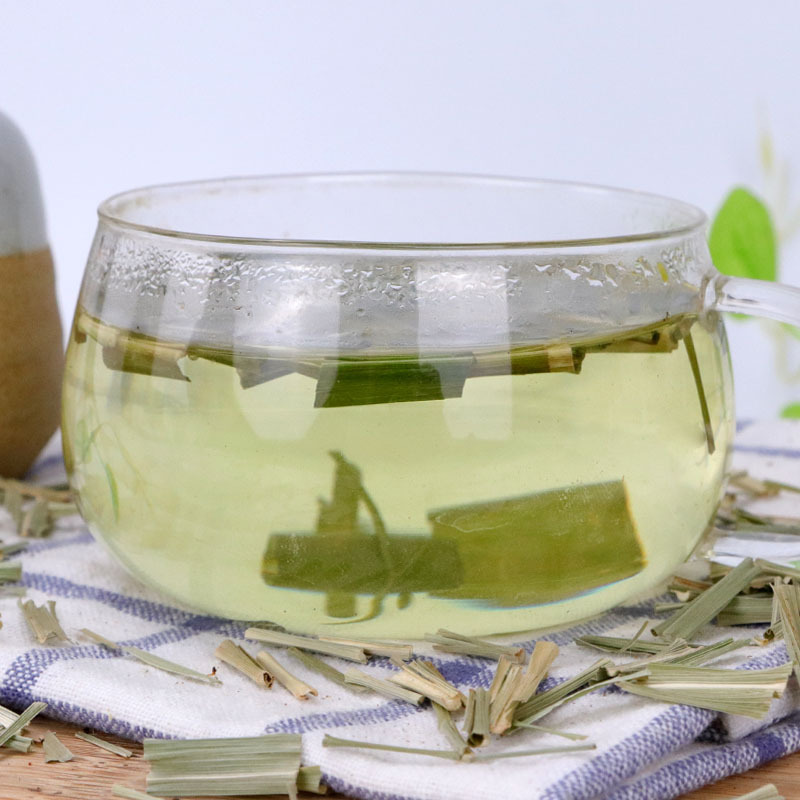Lemongrass, also known as Cymbopogon citratus, is a tropical plant with a strong lemon flavor and aroma. It is widely used in various culinary traditions, particularly in Southeast Asian cuisines. Here's some information about lemongrass:

1.Flavor Profile: Lemongrass has a distinct citrus flavor with a hint of ginger. The taste is bright, tangy, and refreshing. The aroma is also citrusy and fragrant.
2.Culinary Uses:
Southeast Asian Cuisine: Lemongrass is a key ingredient in Thai, Vietnamese, and other Southeast Asian dishes. It is often used in curries, soups, stews, and marinades.
Tea: Lemongrass is used to make herbal teas, either on its own or combined with other herbs. The tea is known for its refreshing and calming properties.
Infusions and Syrups: Lemongrass can be used to infuse liquids such as broths, coconut milk, or simple syrups for beverages and desserts.
Aromatics: It is sometimes used as an aromatic element in dishes, similar to a bay leaf.
3.Preparation: When using lemongrass, the tough outer layers are usually removed, and the tender inner stalk is sliced or pounded before being added to dishes. It is often used fresh, but dried or powdered lemongrass can also be found in some markets.
4.Storage: Fresh lemongrass should be stored in the refrigerator. Dried lemongrass should be kept in a cool, dark place, and both forms should be used within a reasonable time for optimal flavor.
5.Medicinal Uses: Lemongrass has been used in traditional medicine for its potential health benefits, including its antibacterial and antifungal properties. It is also believed to aid digestion.
6.Essential Oil: Lemongrass essential oil is extracted from the plant and is used in aromatherapy for its uplifting and refreshing scent.
When using lemongrass in recipes, it is often used in combination with other aromatic herbs and spices. It can be used to impart a citrusy and vibrant flavor to a variety of dishes, especially those with a Southeast Asian influence.